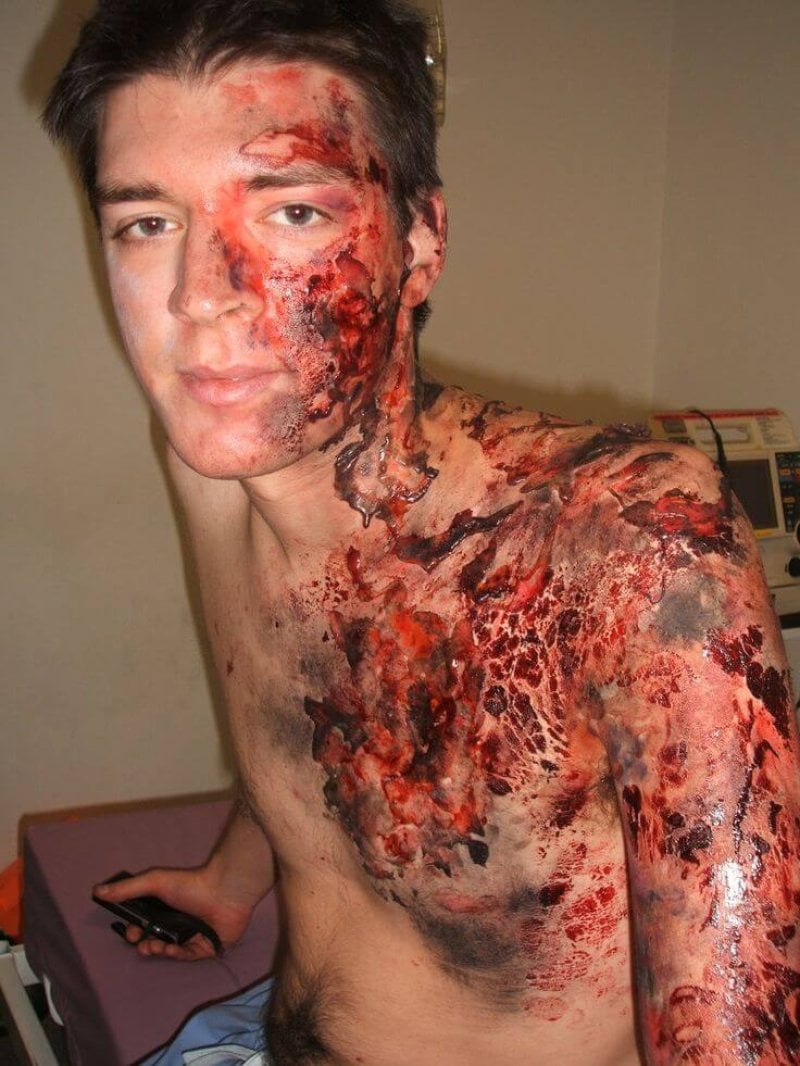Full thickness skin grafts are the golden standard for treating burn wounds. But most skin grafts for severe burns require a donor, and for large or complicated injury sites, a full thickness skin graft is hard to come by.
By combining the graft technique with a specially engineered sheet of stem cells, researchers from Michigan Tech and the First Affiliated Hospital of Sun Yat-sen University in Guangzhou, China…[focused] on creating engineered tissue that maximizes a body’s natural healing power.
…
The team’s transplantation in a rat model showed promising results. Not only did the implantations show less contracted and puckered skin, but also less cellular inflammation and a thinner outer skin…thickness along with more robust blood micro-circulation in the skin tissue.
…
“The engineered stem cell sheet will overcome the limitation of current treatments for extensive and severe wounds, such as for acute burn injuries,” says [Feng Zhao, an associate professor of biomedical engineering at Michigan Tech], “and significantly improve the quality of life for patients suffering from burns.”
The GLP aggregated and excerpted this blog/article to reflect the diversity of news, opinion, and analysis. Read full, original post: Biomedical engineers design and test an improved method for healing burns































